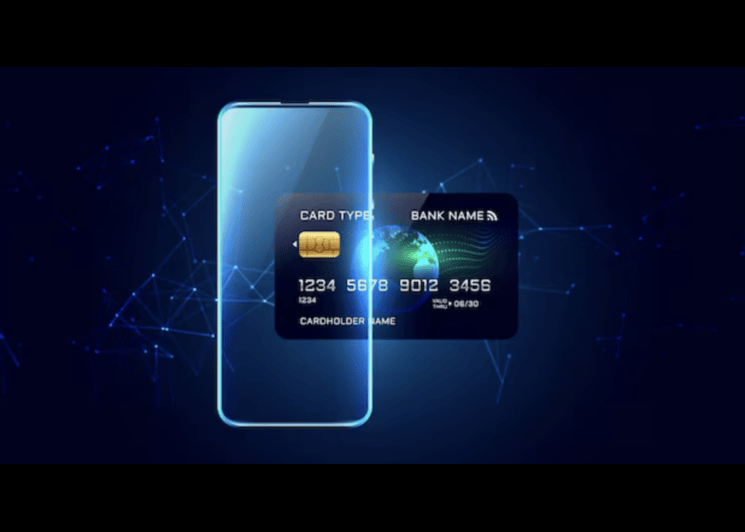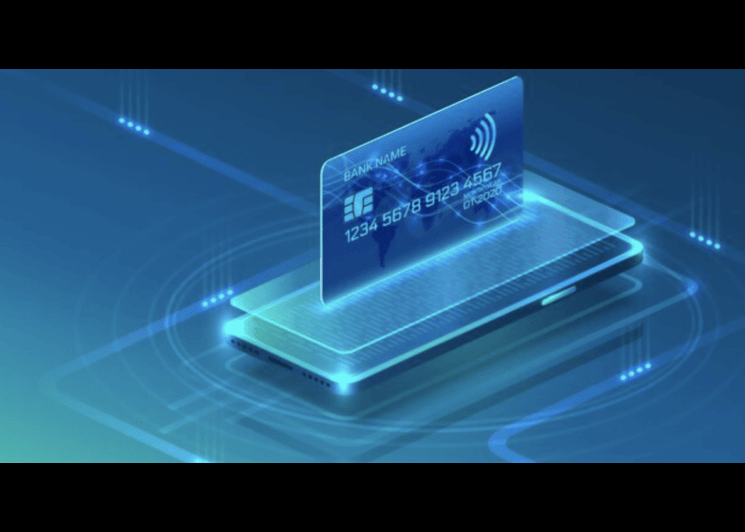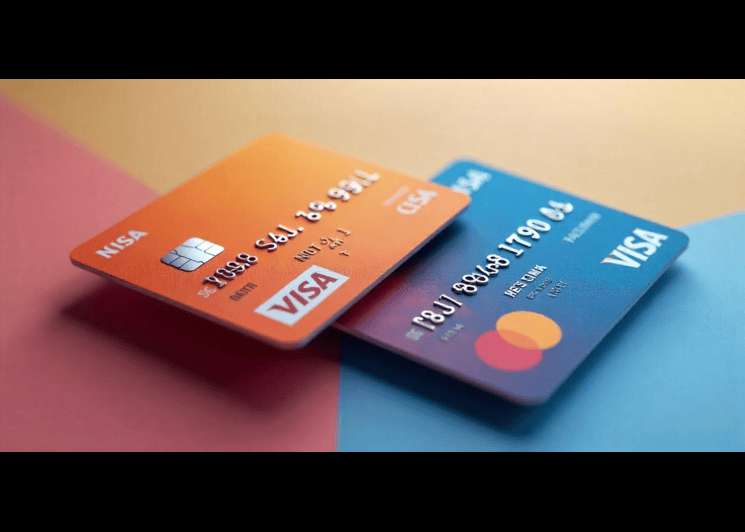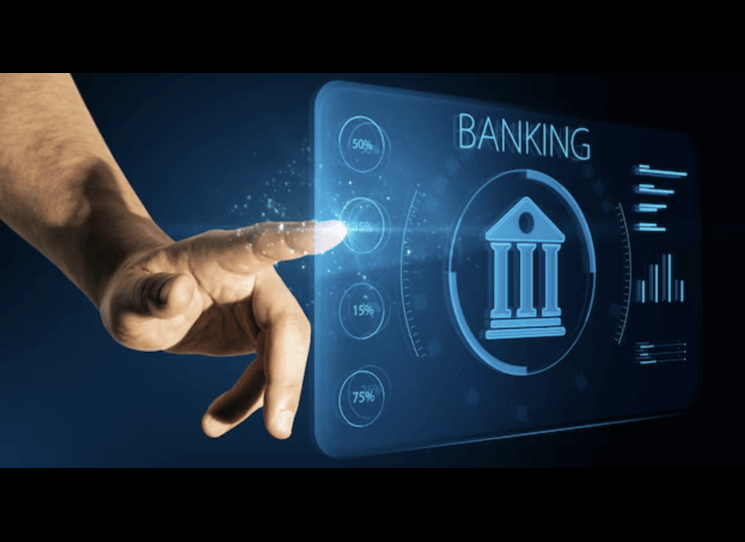How Credit Card Number Works & Why You Should Care
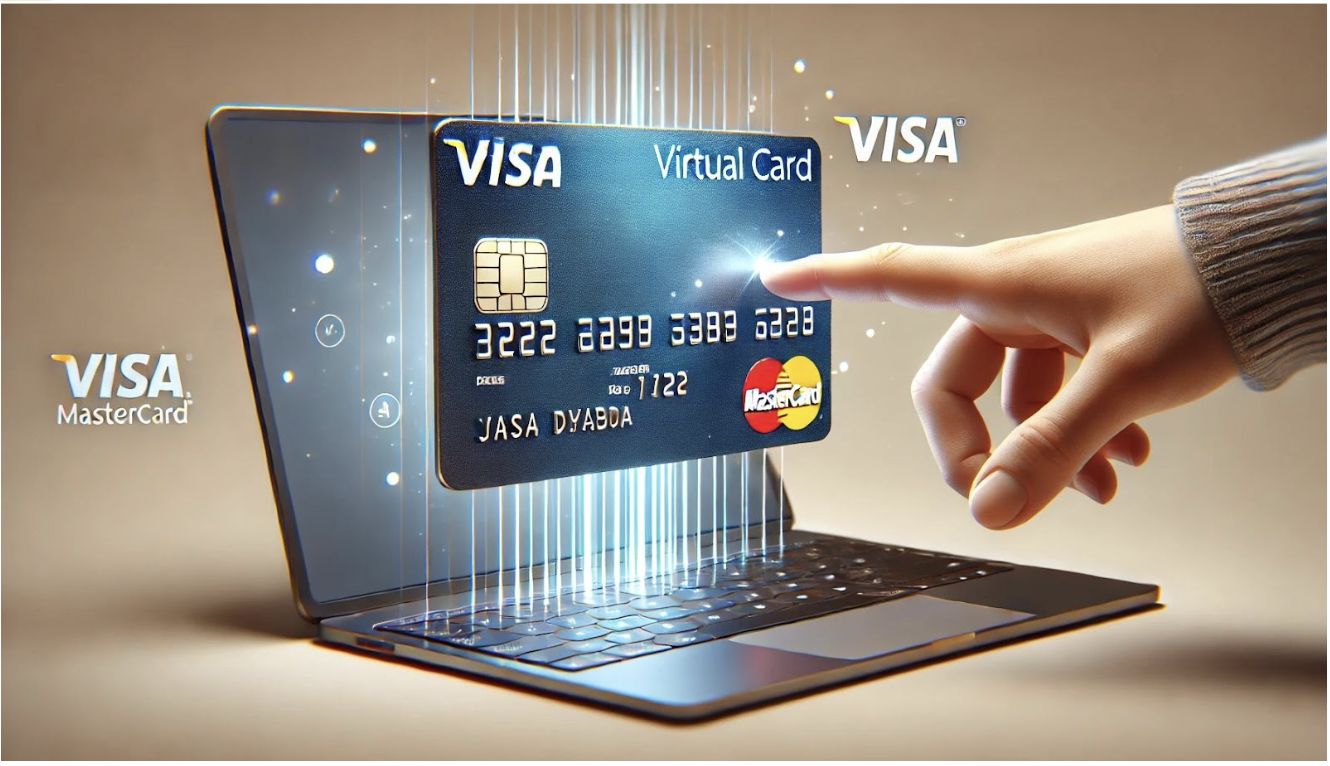
Let’s be honest: credit card numbers are those long strings of digits that most of us don’t think twice about until we enter them incorrectly while shopping online. Then, suddenly, we’re checking every digit like our financial future depends on it. But have you ever wondered what those numbers actually mean? Are they just random, or do they hold secrets only a financial wizard could decode?
In this guide, we’ll take a deep dive into card numbers; what they are, how they work, and why they matter. Whether you’re a finance geek, an online shopper, or just someone trying to avoid card fraud, this article will give you all the juicy details, spice useful insights. Be rest assured that Bycard has got you when it comes to data safety.
What Is a Credit Card Number?
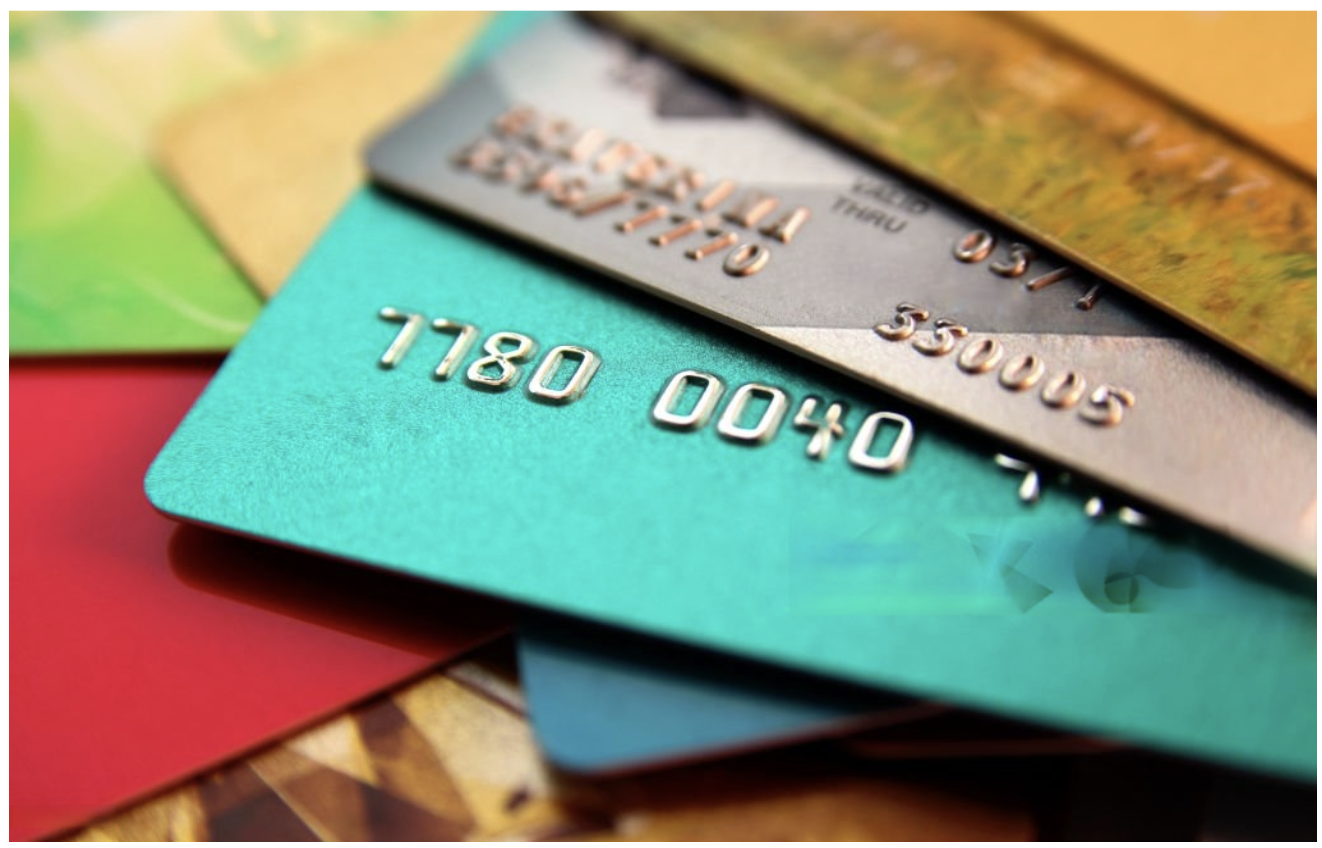
A credit card number is a unique identifier assigned to a cardholder’s account. But it’s not just a random jumble of digits, every number follows a structure designed to ensure security and functionality.
The typical credit card number is 16 digits long, though some can have 13 to 19 digits, depending on the issuer. Each section of the number has a specific purpose, which we’ll break down in the next section.
Another critical number you need to safeguard is your CVV: Card Verification Value, also a security feature on cards to prevent unauthorized online transactions. It is usually a 3 digits number displayed at the back of physical cards and automatically generated for every virtual card.
Using Bycard assures you extra safety of your funds, all card numbers are important and should be properly protected.

Fund with Bycard
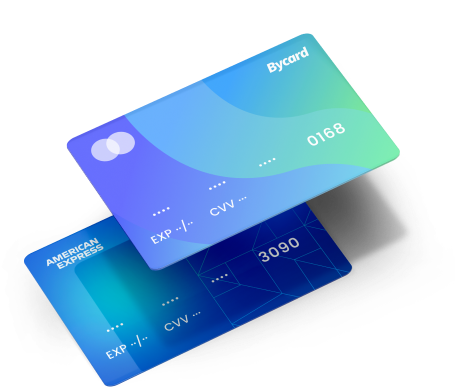
The Structure of a Card Numbers
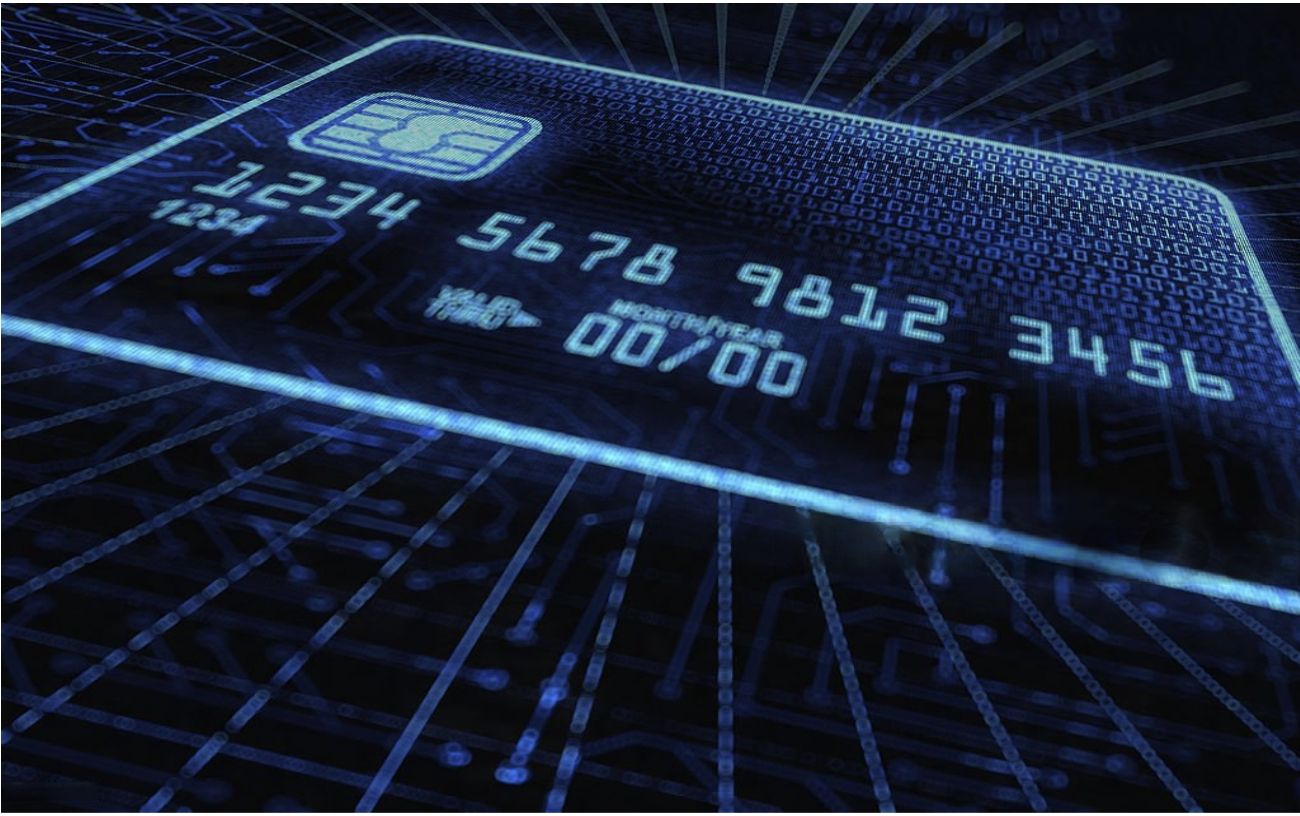
The First Digit: Major Industry Identifier
The first digit of your credit card number isn’t just for decoration, it tells you which industry issued your card:
- 1 & 2 – Airlines
- 3 – Travel & Entertainment
- 4 & 5 – Banking & Financial (Visa and MasterCard)
- 6 – Merchandising/Banking
- 7 – Petroleum Industry
- 8 – Telecommunications
- 9 – National Assignment
The First Six Digits: Issuer Identification Number
The first six digits identify the card-issuing bank or institution. This is known as the Bank Identification Number (BIN) or Issuer Identification Number (IIN). These digits are like a passport, telling you exactly where your card was born.
The Middle Digits: Account Identifier
The next set of digits (usually 7-12 numbers) is assigned specifically to the cardholder’s account. This section is unique and helps the bank link the card to your finances.
The Last Digit: The Checksum or Luhn Check Digit
The final number is the unsung hero of credit card security. It’s generated using the Luhn algorithm, a simple mathematical formula used to detect errors and prevent fraudulent card numbers.
Why Credit Card Numbers Matters?
Virtual Credit Cards are more than just access keys to your funds. They serve several critical functions:
- Security – Properly structured numbers help prevent fraud.
- Identification – They help merchants and banks verify transactions.
- Transaction Processing – The number ensures bill payments go through seamlessly.
According to Statista, there were over 1.1 billion credit cards in circulation in the U.S. alone as of 2023. That’s a lot of numbers floating around.
Virtual Credit Cards: The Game-Changer

A virtual credit card (VCC) is a temporary, digital version of your regular credit card. It works just like a physical card but with a one-time-use number or a limited-time validity for extra security.
Advantages of Virtual Credit Cards
- Better Security – Since the card number changes, hackers have a harder time stealing it.
- Privacy Protection – Keeps your actual credit card number hidden.
- Controlled Spending – Many virtual cards allow you to set spending limits.
ByCard, a leading virtual credit card provider, allows you to generate virtual cards instantly for safe and secure online transactions. It’s a must-have tool in today’s digital world!
How to Find Your Card Number
Believe it or not, some people Google, “Where is my credit card number?” (If you’re one of them, don’t worry, we’ve got you.) Here’s where you can find it:
- Physical Card – Printed on the front (or back for some newer designs).
- Online Banking App – Many banks display your card details online.
- Bank Statements – Some statements may include masked credit card numbers.
Tip: Never share your credit card number over email or text messages. Scammers are always on the lookout!
Common Credit Card Number Scams

Unfortunately, with great convenience comes great responsibility. Here are some of the most common scams:
- Phishing Scams: Fraudsters send fake emails pretending to be from your bank, tricking you into entering your credit card details.
- Skimming Devices: Scammers install hidden devices on ATMs or card readers to copy your card details.
- Fake Customer Support Calls: “Hello, this is your bank. We need to verify your card number.” Spoiler alert: No, they don’t.
Stay Safe Tip: Always check for websites when entering your card details online, and never give out your card number unless you’re sure it’s a trusted source.
Conclusion
Credit card number may seem like just a random sequence of digits, but they hold a lot more significance than you might think. From identifying your card issuer to ensuring secure transactions, these numbers play a crucial role in financial transactions worldwide. ByCard’s has put several measures in place to ensure your card data and information are protected. It’s perfect for online shopping, subscription payments,media buying for platforms like Google ads, Facebook ads and even business transactions,without the risk of exposing them.Now that you understand credit card numbers inside out, you can use your card more wisely, and staying informed is the key to safer transactions.


